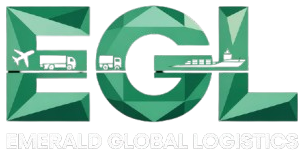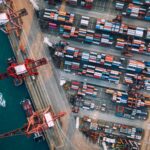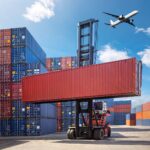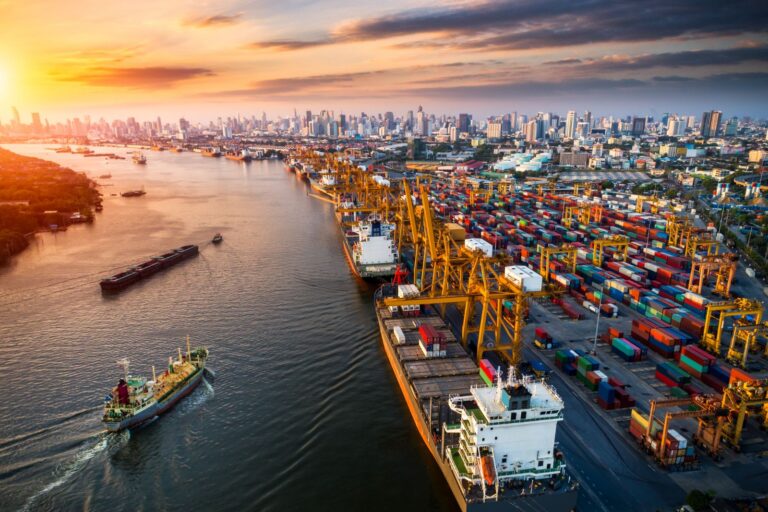Importing goods can be a complex process, especially for businesses navigating international shipping regulations. Missing or incorrect documentation can lead to delays, fines, or even seizure of goods at customs. Understanding what documents needed import is crucial for smooth, compliant, and efficient international trade.
From commercial invoices to bills of lading, each document plays a specific role in verifying, tracking, and clearing shipments. Proper documentation not only speeds up the customs process but also ensures legal compliance and reduces financial risk.
At EGL – Emerald Global Logistics, we specialise in managing import documentation for businesses across Australia. Our experts guide you through the paperwork, ensuring timely customs clearance and secure delivery.
Key Documents Needed for Import
International imports require several essential documents. Understanding each is critical to avoid delays:
1. Commercial Invoice
- Purpose: Provides a detailed account of the goods, including description, quantity, and value.
- Importance: Customs authorities use this to assess duties and taxes.
- Tip: Ensure accurate product descriptions and values to prevent customs issues.
2. Bill of Lading (BOL)
- Purpose: Acts as a receipt for shipped goods and a contract between shipper and carrier.
- Types: Ocean Bill of Lading, Air Waybill (AWB) for air freight.
- Tip: Verify consignee details and shipment instructions carefully.
3. Packing List
- Purpose: Lists the contents of each package, including dimensions and weight.
- Importance: Helps customs officers inspect and verify shipments.
4. Certificate of Origin
- Purpose: Confirms the country where the goods were manufactured.
- Importance: Required for duty calculations and trade agreements.
- Tip: Obtain from the manufacturer or chamber of commerce.
5. Import License
- Purpose: Certain goods require government approval before import.
- Examples: Pharmaceuticals, chemicals, food items, and restricted technologies.
6. Insurance Certificate
- Purpose: Provides proof of cargo insurance for loss or damage during transit.
- Tip: Choose coverage based on value and transport mode.
7. Customs Declaration Form
- Purpose: Details shipment information for customs clearance.
- Tip: Accurate HS codes and tariff classifications prevent fines.
8. Additional Certifications
Depending on the product, additional documents may be needed:
- Health or phytosanitary certificates for food and plants
- CE markings for electronics
- Import permits for regulated goods
At EGL, we assist in preparing all necessary documentation to ensure compliance and avoid delays.
Benefits of Proper Import Documentation
- Faster Customs Clearance: Complete documents reduce inspection time.
- Legal Compliance: Avoid fines, penalties, or shipment rejection.
- Financial Security: Correct documentation ensures insurance coverage is valid.
- Transparency & Tracking: Helps track shipments and confirm delivery.
Step-by-Step Guide: Preparing Import Documents
- Identify Regulatory Requirements: Determine which documents your goods need.
- Obtain Documents from Suppliers: Collect invoices, packing lists, and certificates.
- Prepare Customs Forms: Fill in all required details accurately.
- Verify Carrier Documents: Ensure the bill of lading and insurance papers are correct.
- Submit to Customs: Provide all documents electronically or physically as required.
- Track & Confirm Delivery: Maintain records for auditing and future shipments.

Tips & Best Practices
- Double-Check All Entries: Small errors can delay customs.
- Work With Experts: Brokers like EGL streamline the documentation process.
- Keep Digital Copies: Useful for audits and re-shipments.
- Know Your Product Codes: Accurate HS codes prevent duty miscalculations.
- Plan Ahead: Complex shipments require more time for approvals and permits.
Common Mistakes to Avoid
- Submitting incomplete or missing documents
- Misreporting values or product details
- Not obtaining necessary licenses or certificates
- Ignoring customs regulations of the destination country
- Failing to check expiration dates of certificates
Use Cases & Examples
- E-commerce Imports: Importing electronics or apparel from international suppliers.
- Automotive Industry: Importing vehicle parts requiring accurate customs paperwork.
- Food & Beverage: Imports needing health and phytosanitary certificates.
- Medical Supplies: Regulated products requiring licenses and compliance documents.
With EGL’s expertise, businesses across these sectors can confidently manage import documentation.
FAQs: What Documents Needed Import
1. What documents are required to import goods to Australia?
- Commercial invoice, bill of lading, packing list, customs declaration, import license, and insurance certificate.
2. Do all products need an import license?
- No, only regulated goods like chemicals, food, or pharmaceuticals.
3. Can a logistics broker handle import documents?
- Yes, brokers like EGL manage documentation, customs clearance, and compliance.
4. Why is a certificate of origin important?
- It proves the goods’ country of origin and may reduce tariffs under trade agreements.
5. How long does it take to prepare import documents?
- Preparation varies, but working with experts can significantly speed up the process.
Conclusion
Knowing what documents needed import is essential for smooth international shipping. Proper documentation ensures compliance, faster customs clearance, and reduced risk of fines or shipment delays. Partnering with an experienced logistics provider like EGL – Emerald Global Logistics simplifies the process, giving you confidence that your goods reach their destination securely and efficiently.
If you’re ready to streamline your import process, contact EGL today for professional assistance and expert guidance.







